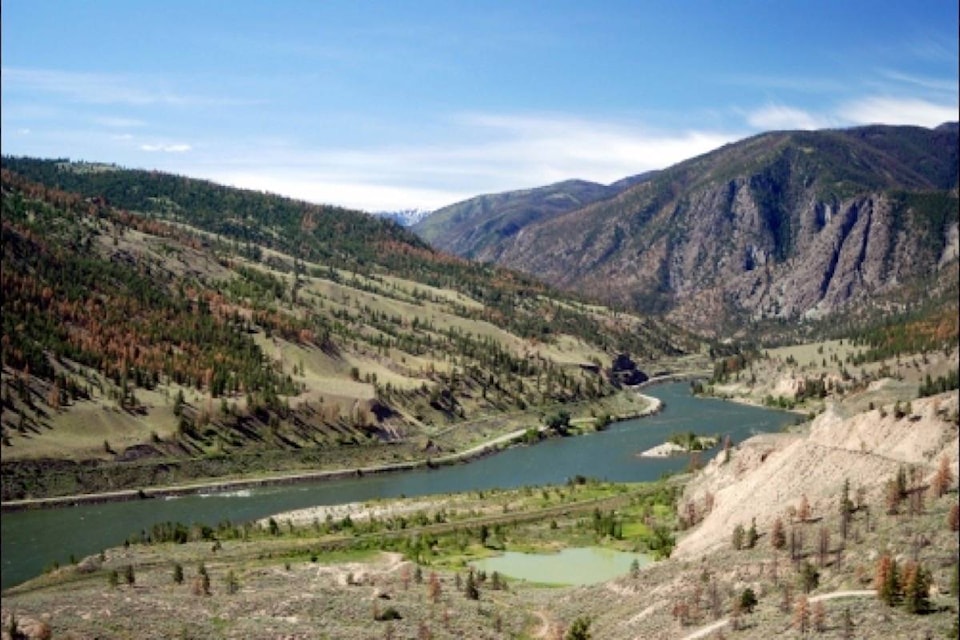The Government of British Columbia has announced a Level 3 drought rating for the North Thompson and South Thompson regions. The Province is urging all water users, including residents, industry, farmers, and municipalities, to reduce water consumption by 30 per cent.
The Province has also elevated the drought rating to Level 4 for the Similkameen, Nicola, and Salmon River watersheds, while a Level 3 drought rating has been set for the Okanagan watershed.
In both the North and South Thompson drainages, some streams have healthy flows, while a number of important salmon streams are experiencing flows that are problematic for fish, including returning adult salmon. Due to these variable conditions, water users should be aware which streams are of specific concern and reduce their consumption from these, including Bessette Creek in the South Thompson and Lemieux Creek in the North Thompson.
These streams provide regionally significant aquatic ecosystems, and there is potential for significant or irreversible harm to the ecosystems as a result of stream flows dropping below critical environmental flow thresholds. Ministry staff are closely monitoring river levels and may upgrade the drought level if the weather continues to have a negative effect on stream flows and water supply.
Local water conservation bylaws may differ from provincial water conservation targets, due to local water supply and demand, and the availability of storage (lakes and reservoirs) or groundwater. All water users who are located within municipalities and regional districts are encouraged to observe local water conservation bylaws where they exist.
If voluntary reductions of water use are not sufficient to maintain flows above critical levels, the government may consider regulating water usage under the Water Sustainability Act. Specific actions could include the temporary suspension of water licences or short-term water approvals to restore flows to minimum critical levels in the impacted streams. Ministry staff are directly contacting water users in critical watersheds to encourage water conservation and to advise of potential water regulation.
Water conservation is always important. Homeowners can conserve water by limiting their outdoor watering; taking shorter showers; not leaving the tap running; installing water-efficient shower heads, taps, and toilets; and planting drought-tolerant vegetation.
